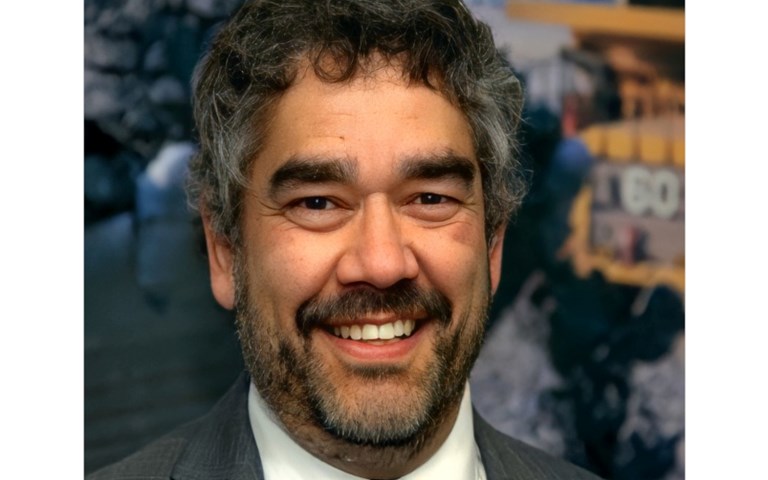R. Mohan Srivastava
Updated: The comment period for CSA Consultation Paper 43-401 Consultation on National Instrument 43-101 Standards of Disclosure for Mineral Projects, originally scheduled to end July 13, 2022, will continue to September 13, 2022.
A quarter century ago, a fraud perpetrated in the jungles of Indonesia catalyzed development of National Instrument 43-101, which mining companies listed on Canadian stock exchanges must follow. If they don’t, provincial securities regulators can make life difficult: prevent access to capital markets, put the company on the dreaded Default List, even order a halt on trading of company stock.
In April, the Canadian Securities Administrators (CSA), the creators and guardians of NI 43-101, opened a public consultation to solicit feedback on improvements that could be made to their regulations. Anyone can send comments, by mid-July, to the email addresses given at the end of their consultation paper (pdf).
An issue on which I plan to comment, and encourage others to weigh in with their thoughts, is on the proper use of the CIM Best Practice Guidelines. There are two of these that have broad relevance to most metals projects. One is the CIM Mineral Exploration Best Practices Guidelines, the other is the Estimation of Mineral Resources & Mineral Reserves Best Practice Guidelines. I’ll refer to these, simply, as the “Exploration Guidelines” and the “Estimation Guidelines.” There is overlap between the two. Both discuss bulk density measurements and QA/QC, for example. There are also methods for which the discussion probably belongs in the “other” guideline; the Estimation Guidelines, for example, provide advice on visualizations of data, while the Exploration Guidelines say nothing about this, even though data visualization is a necessary part of exploration.
Until recently, my understanding was that these CIM guidelines were to be used together; I’m happy to take good advice from wherever I can get it. In April, I learned that the British Columbia Securities Commission (BCSC) takes the view that it is misleading to report any information discussed in the Estimation Guidelines alone, and not in the Exploration Guidelines, if the project has not yet reported mineral resources. Their statement is strong, and uses the word “misleading,” which implies that such disclosure is prohibited by 43-101. The case in point was the reporting of grade-times-width (GxW) information. A company whose flagship project has not yet reported resources had included GxW information in public tables and figures, alongside the separate grade and true width information in the same tables and figures. Since GxW information is discussed in the Estimation Guidelines, but not in the Exploration Guidelines, the company was informed that their disclosure was misleading, and therefore prohibited. The point the regulators seem to be trying to make is that projects should not fool the investing public into believing they have resource estimates when they actually don’t. In their view, reporting information that is discussed only in the Estimation Guidelines creates the false impression that a project has mineral resources.
There are two problems with this. First, there are methods and practices discussed only in the Estimation Guidelines that are good practices during exploration; they just happen not to have been mentioned in the Exploration Guidelines. It is the Estimation Guidelines, for example, that recommend all maps show north arrows; the Exploration Guidelines say nothing about this widely accepted piece of common sense. The BCSC has expressed too strong a view; it can’t truly mean that disclosure is misleading simply because it uses a method or practice mentioned in the Estimation Guidelines but not in the Exploration Guidelines. This would mean that any company that showed maps with north arrows is misleading investors into believing that they have resources.
The second problem is that the CIM Best Practices Guidelines do not belong to the securities administrators; they belong to CIM. It is not for a regulator to prohibit use of either guideline in any circumstance. It is for CIM to determine if there are circumstances where the methods discussed in their guidelines should not be used because that would create a misunderstanding about the stage of project development.
What’s needed here is an appeals procedure, something which every good regulatory system has, but that is missing in NI 43-101. When a regulator and a company disagree on a technical issue, the regulator wins. Every time. It is not reasonable to expect securities regulators to be infallible. Occasionally, one of them will misunderstand a technical issue. No one expects securities regulators to be knowledgeable in all aspects of mining; there are simply too many different areas of expertise involved for any one regulator to be educated and experienced in all areas. I encourage anyone who wants the NI 43-101 system to be stronger to write to the CSA to encourage them to work with professional organizations like CIM to create a review panel procedure that allows both sides to present reasoned arguments on matters that relate to engineering and geoscience.
Send comments to the email addresses given at the end of the consultation paper (pdf). For further information on the CIM Best Practice Guidelines, visit mrmr.cim.org.R. Mohan Srivastava is a geostatistician and senior consultant at Red Dot 3D.




